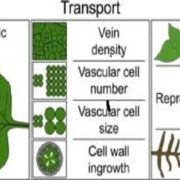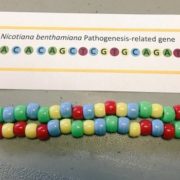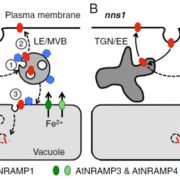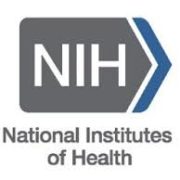
What We're Reading: May 5
Blog, Research, Research Blog0 Comments
/
Why we're writing What We're Reading and how you can contribute.... (more)
Nature Outlook Supplement: Food Security (OA)
Nature has published an Outlook feature on the topic of Food Security with the following overview articles, all useful for teaching:
Food security, Nutrition:…

What We're Reading: April 28
Blog, ResearchCorrespondence: Discussion about the US National Academies GE crop report ($)
A series of letters has been published in Nature Biotechnology on the topic of the US National Academies report Genetically Engineered Crops: Experiences and Prospects. From Dec 2016, US National Academies report misses…

How to make a DNA Bracelet
Activities, Activities, Blog, Education, Education General, MHS Activities, Middle & High School, UndergraduateCross-posted from Kelsey Wood with permission. Kelsey is a PhD student at U.C. Davis.
How to make a DNA bracelet, from any organism and any gene!
I study plant-pathogen interactions, so I chose to make a sequence from a wild tobacco gene that is important for plant defense against pathogens.
What…

Launching Botany Live! for Fascination of Plants Day
Activities, Blog, Education, Education General Public, Research, Research BlogMay 18th is the Fascination of Plants Day, and we want to help in this international effort to highlight the importance of plants and plant science. Therefore, we’re supporting the #BotanyLive e-event! In a nutshell, we’re asking planty folks (curious, enthusiasts, professionals) to share something…

What We’re Reading: April 14
Blog, Research, Research Blog
Note: Read Why We’re Writing “What We’re Reading”
Review: Ion transport at the vacuole during stomatal movement
Gas exchange and transpiration are regulated by the stomatal aperture, which is itself regulated by the changes in volume of the guard cells that overlie the stomatal pore.…

What We're Reading: April 7th
Blog, Research BlogNote: See Why We’re Writing “What We’re Reading”
Review: Ammonium as a signal for physiological and morphological responses ($)
Ammonium is one of the major forms in which nitrogen is assimilated. Besides being a nutrient, it also acts as signal that affects gene expression and root system…

Insights into Salicylic Acid and Mitochondria
Blog, Plant Physiology, Plant Physiology: On The Inside, Research, Research BlogWithin the mitochondrial electron transport chain, complex II (succinate dehydrogenase [SDH]) oxidizes succinate to fumarate by transferring electrons to ubiquinone (UQ), which is reduced to ubiquinol. The enzyme is formed by four subunits: a flavoprotein (SDH1), which contains the FAD cofactor, an iron…

The Root Greening Response in Arabidopsis
Blog, Plant Physiology, Plant Physiology: On The Inside, Research, Research BlogBased on various developmental, environmental, and hormonal cues, proplastids can be converted into different types of plastids within cells. In Arabidopsis, chloroplast development is repressed in roots via auxin signaling. When roots are detached from the shoot, and its supply of auxin, roots develop…


